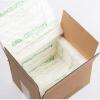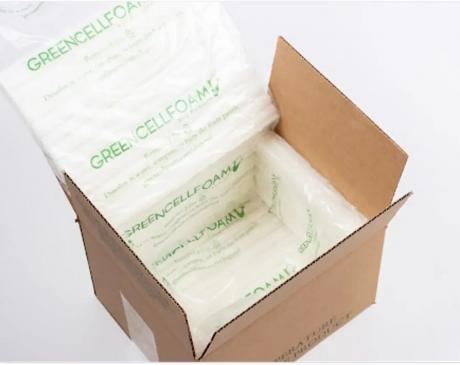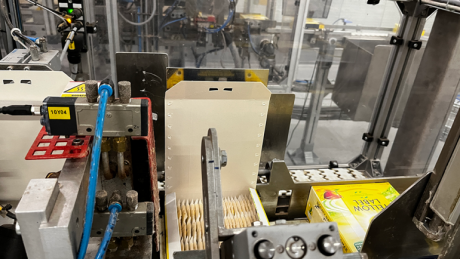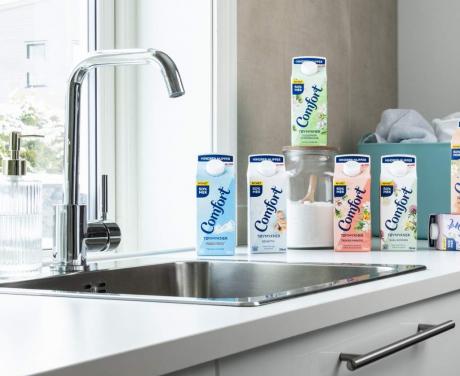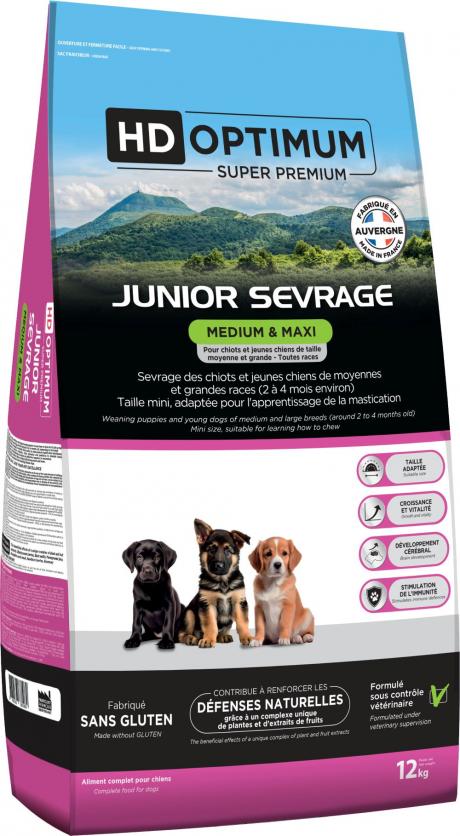In 2022, according to Bloomberg's report from last December, 400 million tons of plastic will be produced globally. This is an alarming figure, considering that in 1950, only 2 million tons were produced annually. If the pace of production remains the same, it is estimated that by 2050 the tons of plastic produced globally will exceed one billion.
These numbers translate into a level of greenhouse gas emissions representing 3.4% of global emissions, according to the OECD's 2022 assessment. Furthermore, to date, although 2021 figures for Italy indicate a saving of over 800,000 tons of CO2 thanks to the recycling of plastic packaging, it appears that only 9% of global waste in this material is recycled correctly.
The world of packaging has a decisive impact on these figures, plastic currently being the most widely used material both in Italy and globally. For this reason, the industry has long been mobilised to research and experiment with environmentally sustainable alternatives to plastic where applicable.
Creating sustainable packaging in 2023 means designing packaging that limits environmental impact as much as possible while maintaining its fundamental functions of protection and information. There are many trends in eco-design emerging in 2023, especially with regard to alternative materials.
This is where the innovations of Onlineprinters Group, one of the leading online print shops on the European market capable of producing packaging with a reduced environmental impact, come into play.
The first rival to plastic is in fact paper: if the packaging is made entirely of recyclable paper and, if possible, recycled, the environmental impact can be reduced considerably. Of course, when it comes to the creation of virgin paper, the impact on forests and biodiversity, key elements in the fight against climate change, remains significant.
Today, the second alternative is compostable packaging, created from materials of organic origin and completely biodegradable. This alternative has the enormous advantage, at least potentially, of creating no waste. However, this type of packaging is only actually compostable in specific industrial plants that are not yet particularly widespread, so it often ends up simply being disposed of in landfills with similar effects to traditional plastic.
Finally, an important trend in eco-design for packaging today is to focus on the creation of packaging that can reduce the raw material in terms of weight and volume: reducing the size means lightening the packaging and consequently reducing waste. It is therefore a point of view that aims to reconcile the use of sustainable materials with an avant-garde design which has the objective of limiting the volume of packaging as much as possible.
It seems that in 2023, the watchwords for producing sustainable packaging are twofold: less and better.




